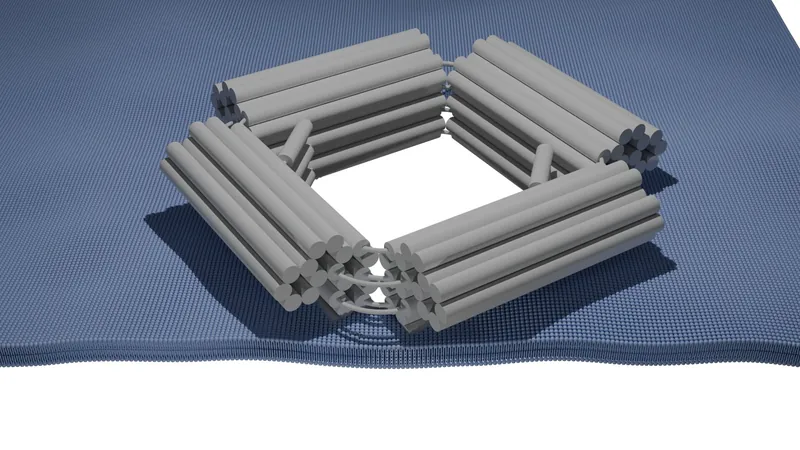
Shocking Study Reveals High Hysterectomy Rates After Common Procedure for Abnormal Bleeding!
2024-10-01
Shocking Study Reveals High Hysterectomy Rates After Common Procedure for Abnormal Bleeding!
A recent study from Ontario has unveiled startling statistics regarding endometrial ablation (EA), a prevalent surgical option for addressing abnormal uterine bleeding (AUB). The research indicates that nearly 30% of patients may ultimately require a hysterectomy to remove their uterus within 15 years of undergoing EA. This study, conducted by an esteemed team from ICES, the Schulich School of Medicine & Dentistry, and Lawson Health Research Institute, tracked the outcomes of 76,446 patients over a span of 15 years.
Endometrial ablation is often regarded as a less invasive alternative to hysterectomy, designed to alleviate symptoms of AUB. While generally considered safe and effective, the long-term necessity for additional surgical interventions raises critical questions about the procedure's overall efficacy.
Key Findings: Hysterectomy Rates on the Rise!
Published in the journal Facts, Views and Vision in ObGyn, the research highlights that of those patients who underwent their first EA in Ontario between 2002 and 2017, about 22% subsequently underwent additional surgical procedures following their initial operation. The statistics are alarming: within just one year post-EA, 5% of women proceeded to have a hysterectomy. This figure escalated significantly—17% at five years, 23% at ten years, and shockingly, 29% by the fifteen-year mark. The data offers no indication of a plateau in these rates, suggesting a growing trend.
Dr. Jacob McGee, the lead author of the study and an assistant professor in obstetrics & gynecology at Schulich, emphasized the implications of these findings. "These results provide valuable information to care providers, enabling them to give patients a more realistic outlook on the outcomes of endometrial ablation and the potential need for a future hysterectomy," he stated.
Who is at Higher Risk?
The research further indicated that younger patients and those with more complex diagnoses or previous abdominal surgeries (like tubal ligation) stood a greater chance of requiring a hysterectomy following EA.
Moreover, the experience of the surgeon played a vital role in patient outcomes. The findings revealed that each additional year of a surgeon's experience decreased the likelihood of a subsequent hysterectomy by 3%. This highlights the importance of not only surgical technique but also the need for patients to consider surgeon qualifications when deciding on their treatment options.
A Call for Comprehensive Care
The researchers urge clinicians to communicate the long-term outcomes of endometrial ablation more effectively. They suggest exploring combination treatments, such as intrauterine devices (IUDs) or hormone replacement therapies, which may enhance the initial effectiveness of EA and potentially minimize the need for further surgeries.
As always, a deeper understanding of individual risk factors and treatment options can empower patients in making informed decisions about their health care.
This study is a wake-up call that brings much-needed attention to the need for ongoing research and better patient education regarding surgical options for managing abnormal uterine bleeding. For women facing this dilemma, it's essential to weigh all available options and consult with experienced health care professionals to chart the best course forward.




 Brasil (PT)
Brasil (PT)
 Canada (EN)
Canada (EN)
 Chile (ES)
Chile (ES)
 España (ES)
España (ES)
 France (FR)
France (FR)
 Hong Kong (EN)
Hong Kong (EN)
 Italia (IT)
Italia (IT)
 日本 (JA)
日本 (JA)
 Magyarország (HU)
Magyarország (HU)
 Norge (NO)
Norge (NO)
 Polska (PL)
Polska (PL)
 Schweiz (DE)
Schweiz (DE)
 Singapore (EN)
Singapore (EN)
 Sverige (SV)
Sverige (SV)
 Suomi (FI)
Suomi (FI)
 Türkiye (TR)
Türkiye (TR)